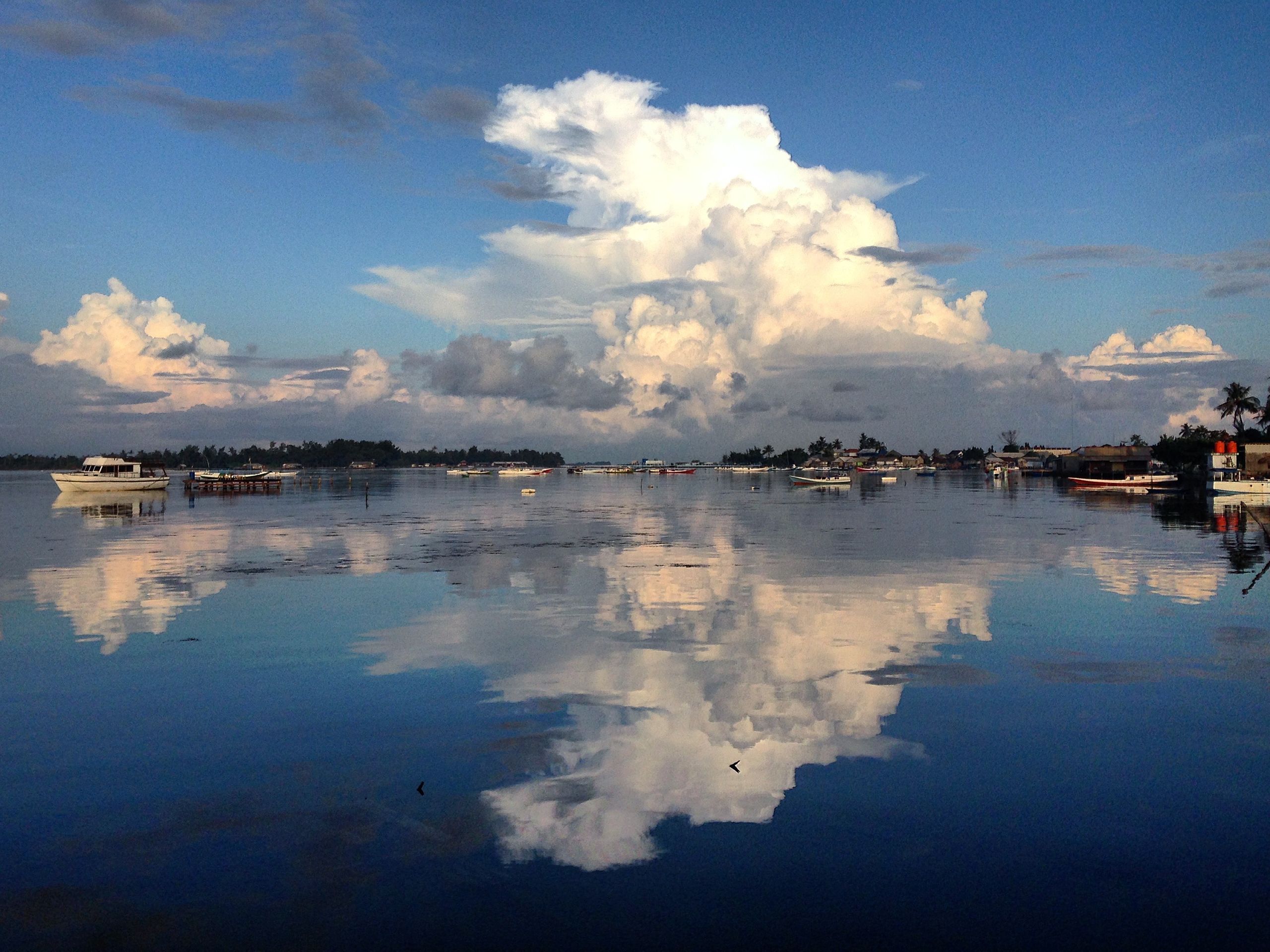Sugar
Нийтэлсэн: 11.09.2024
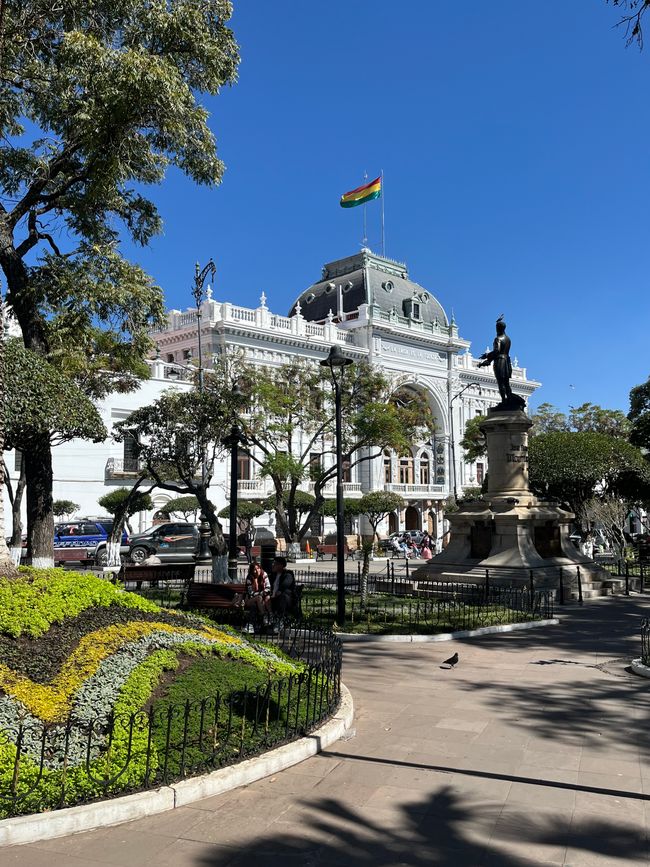
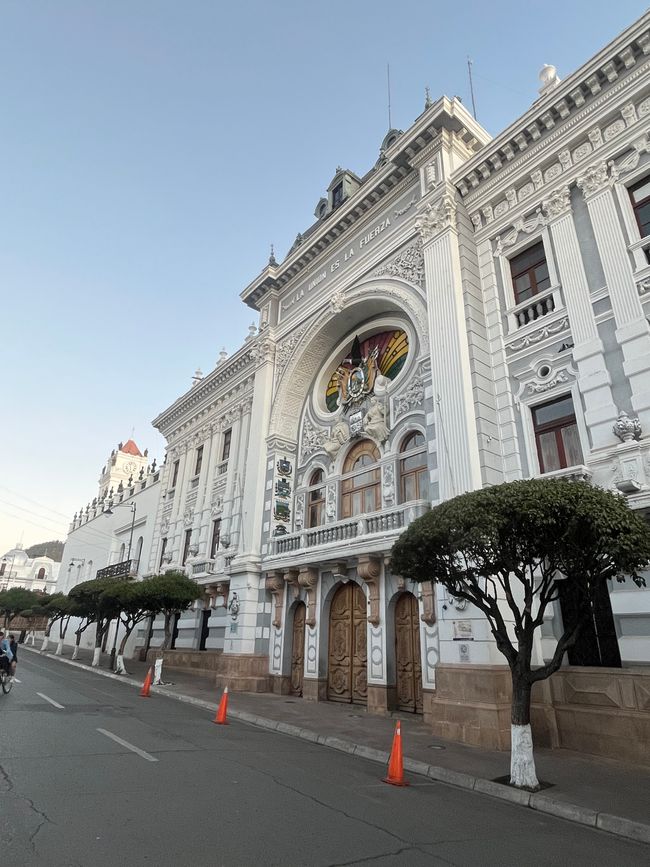
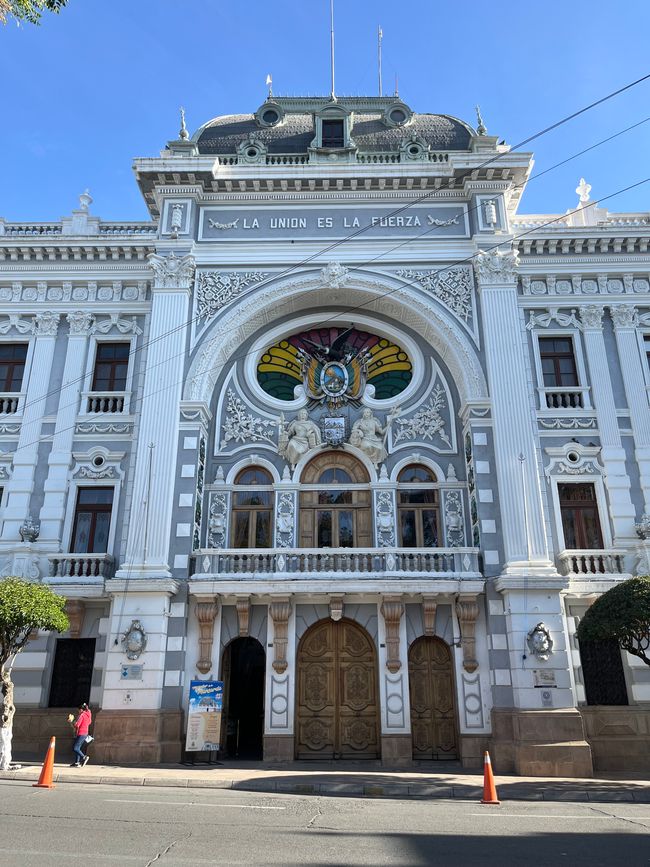
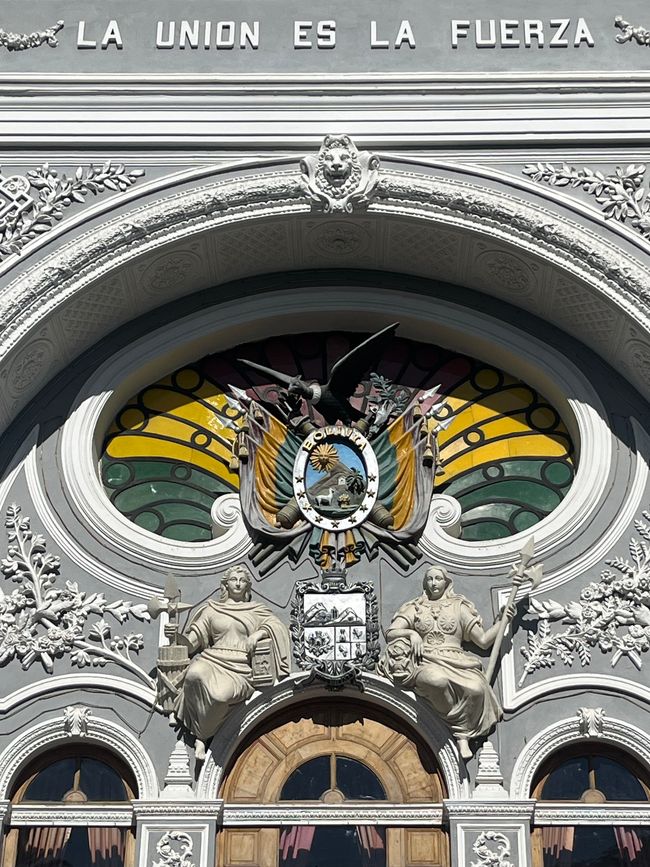
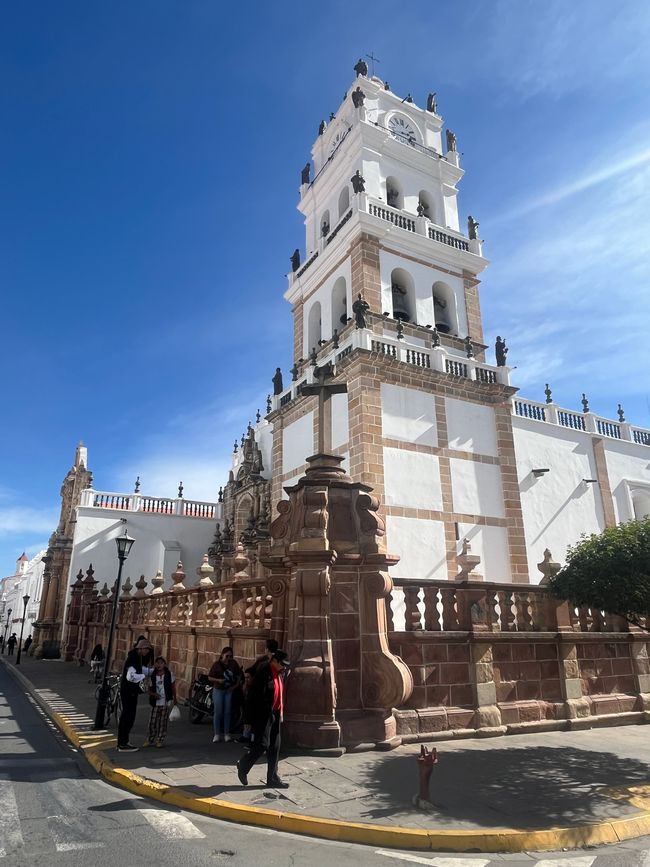
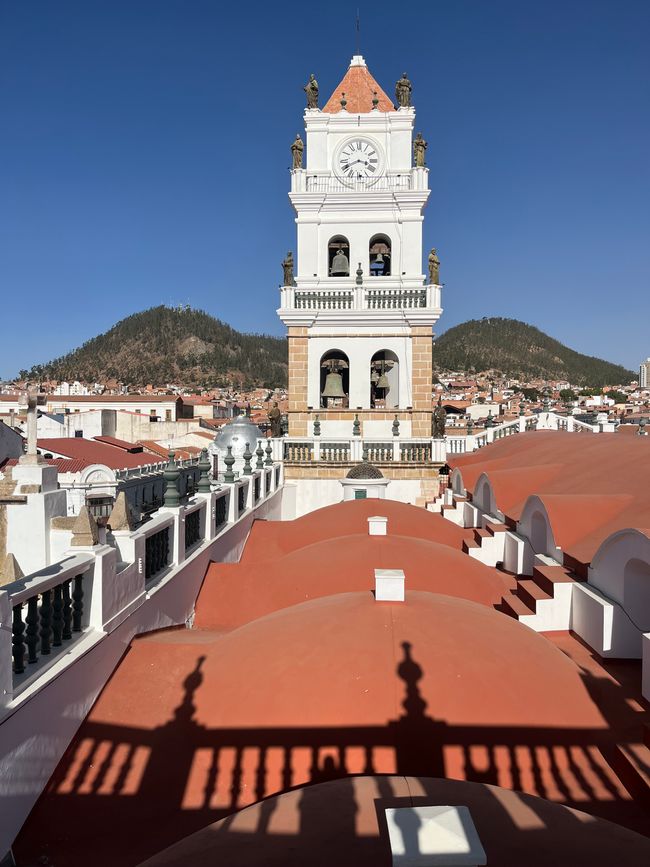
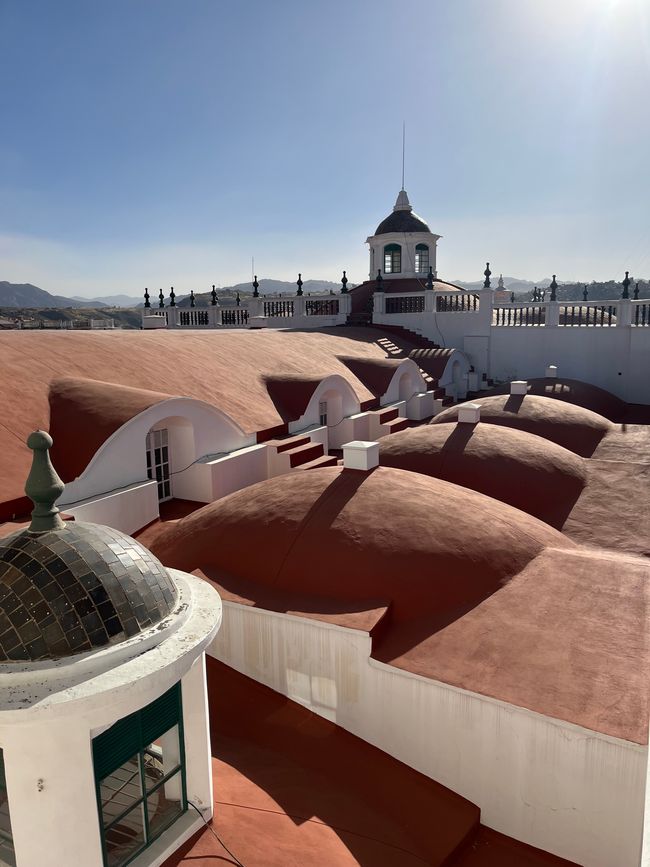
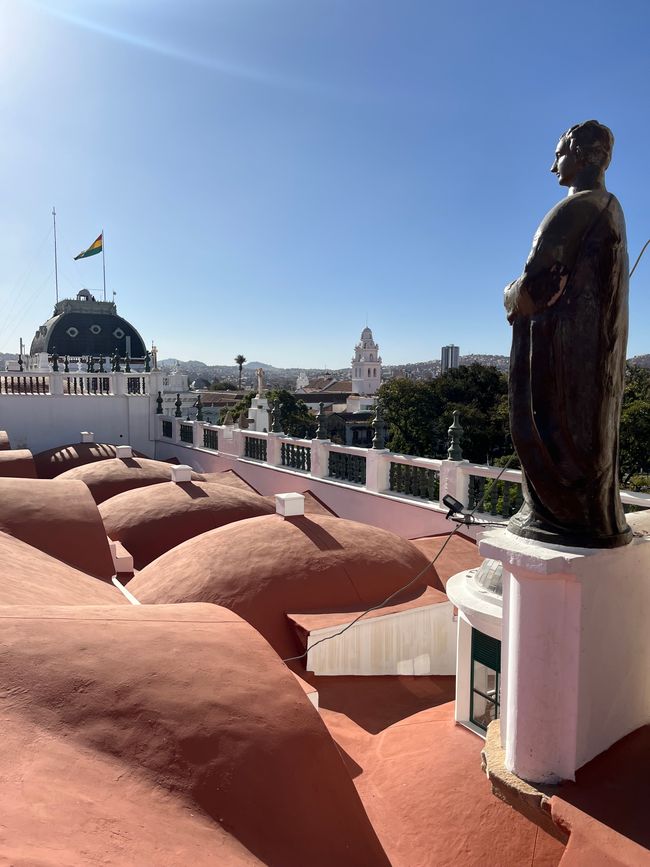
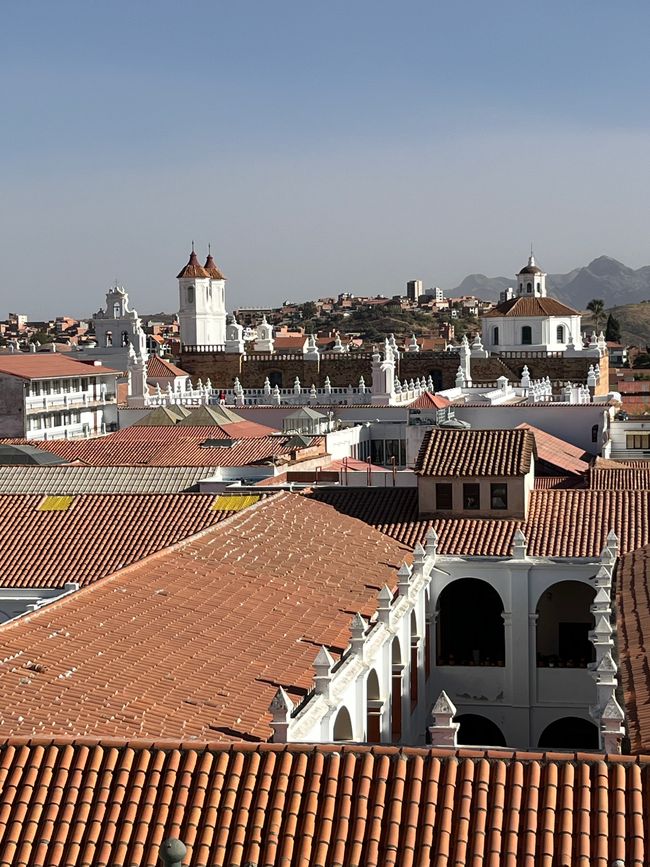
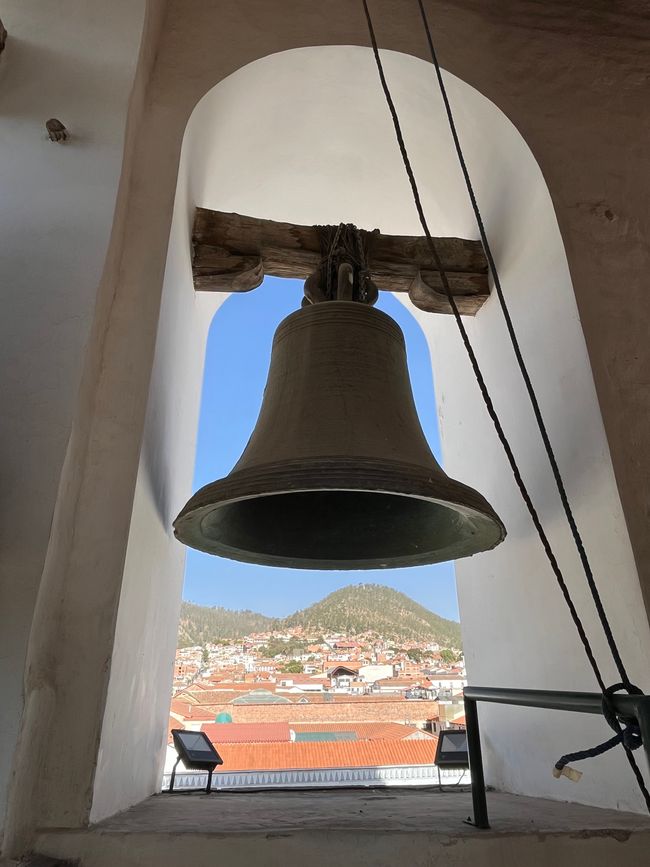

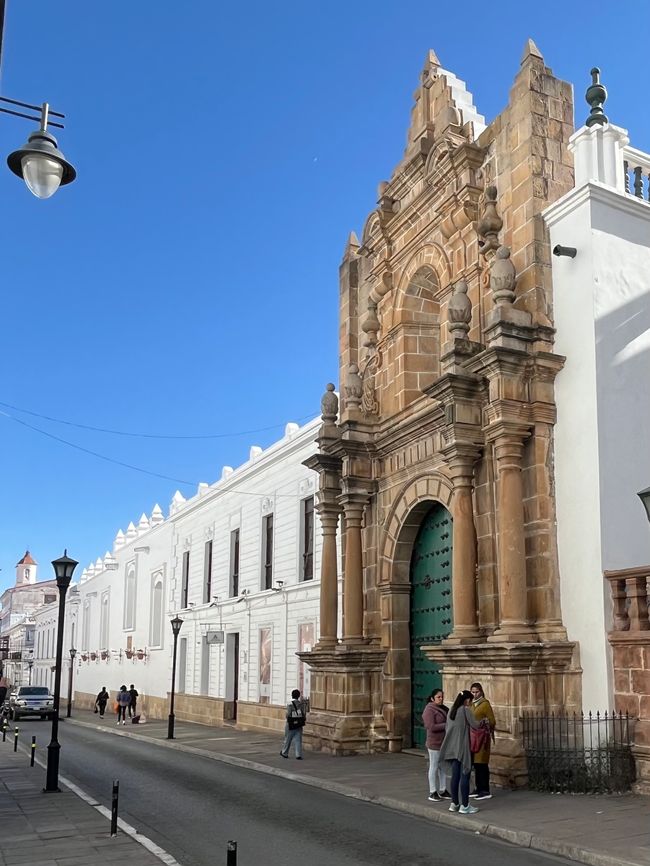
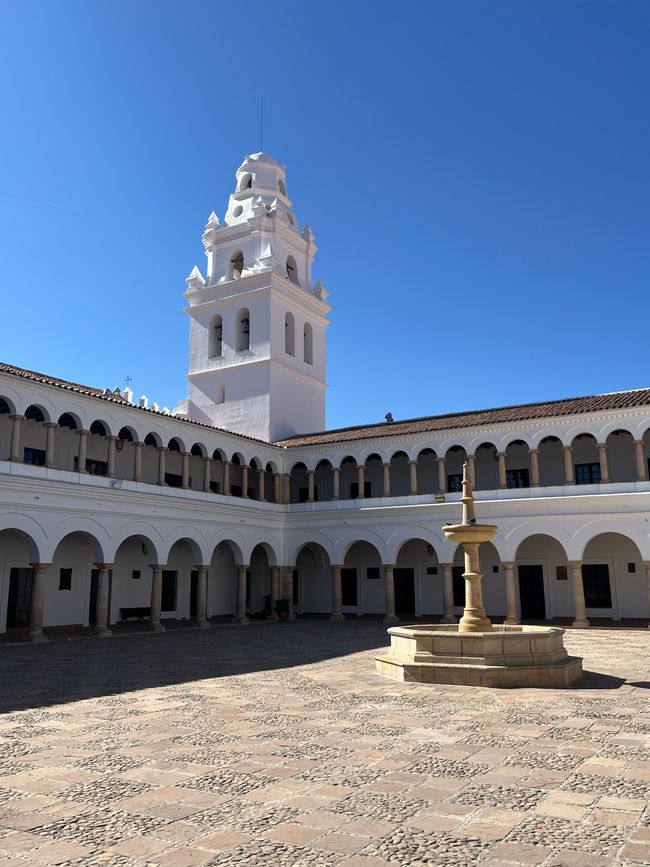

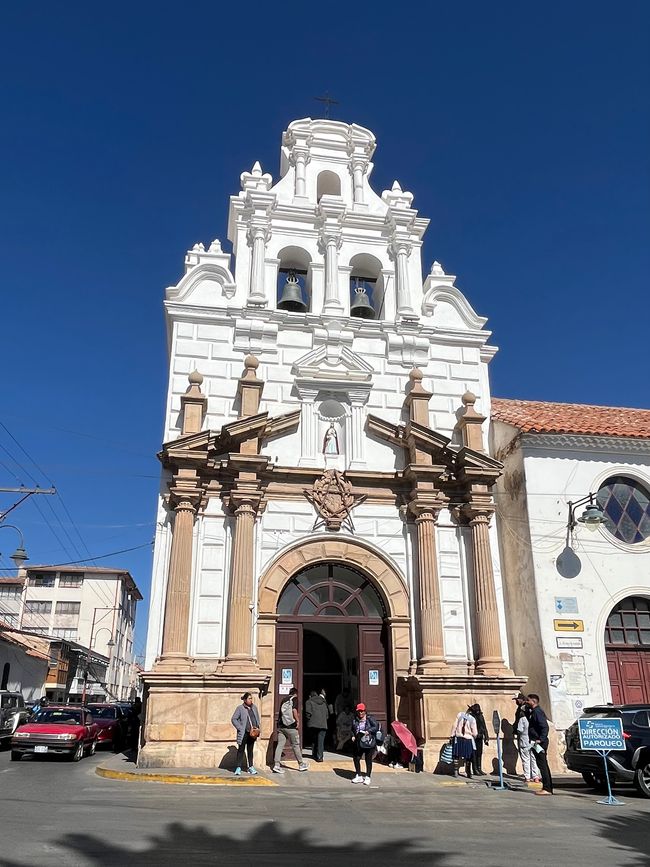

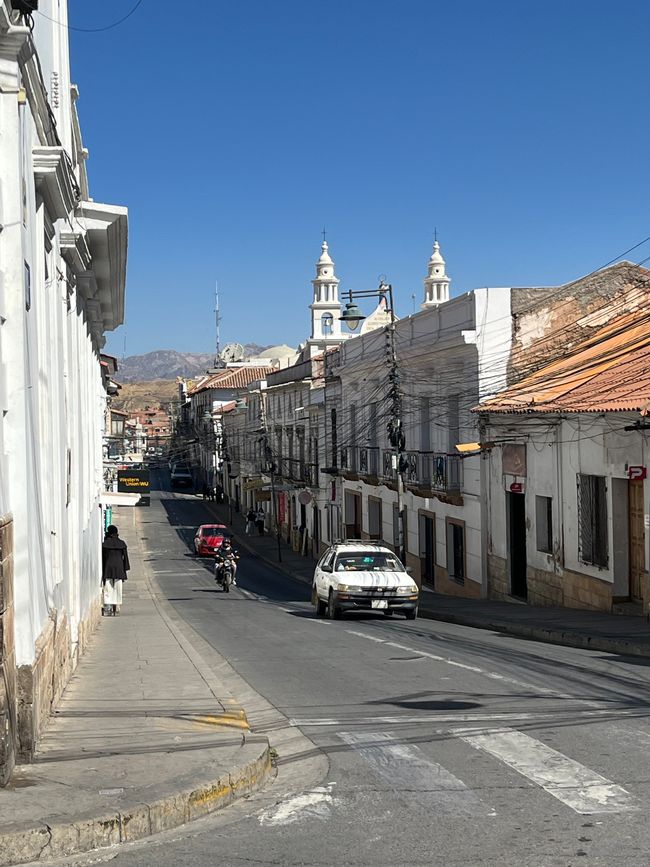
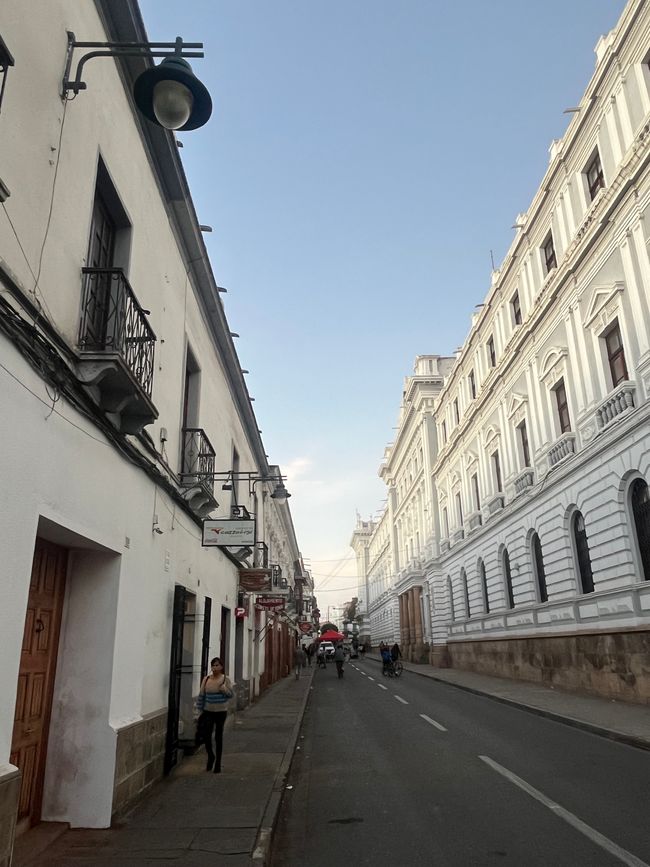
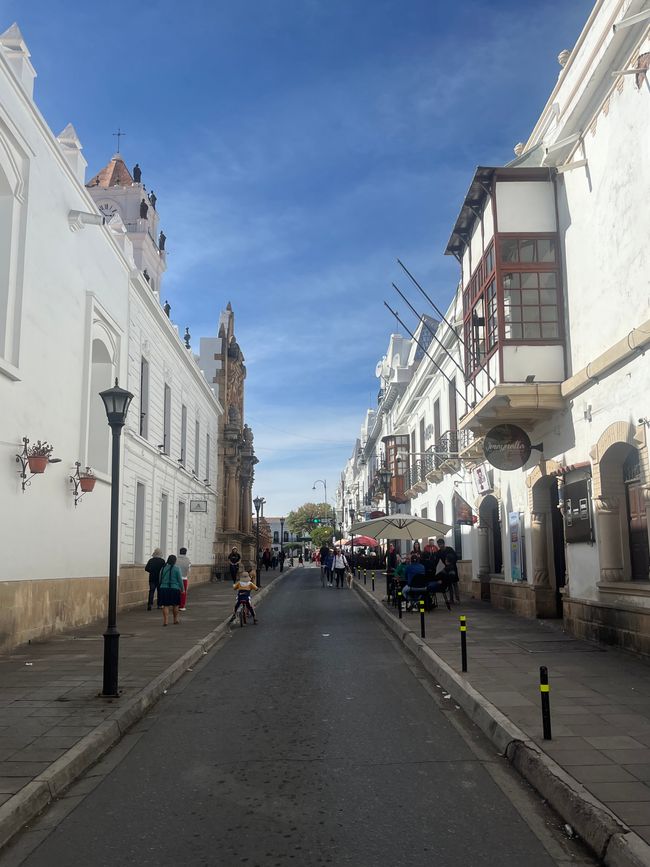
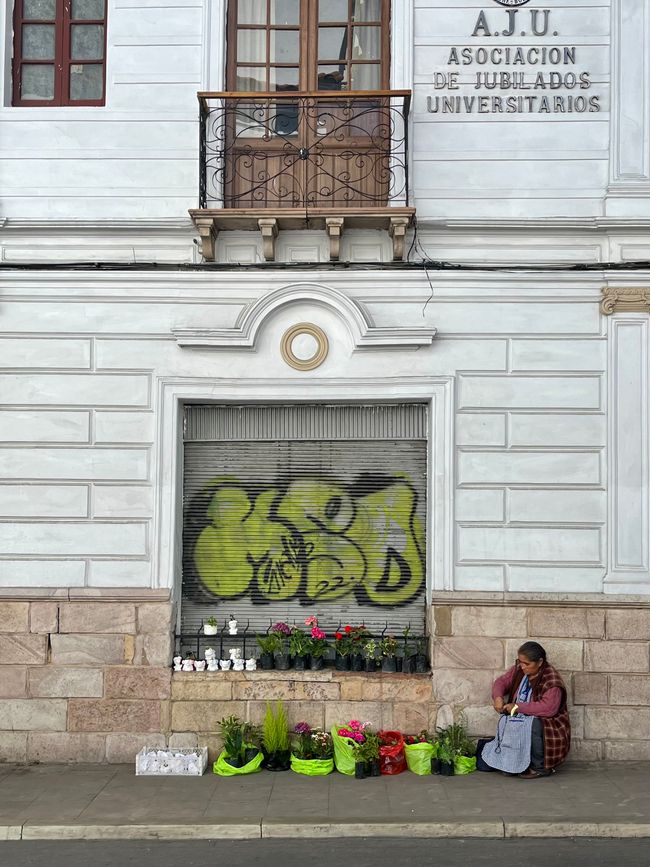
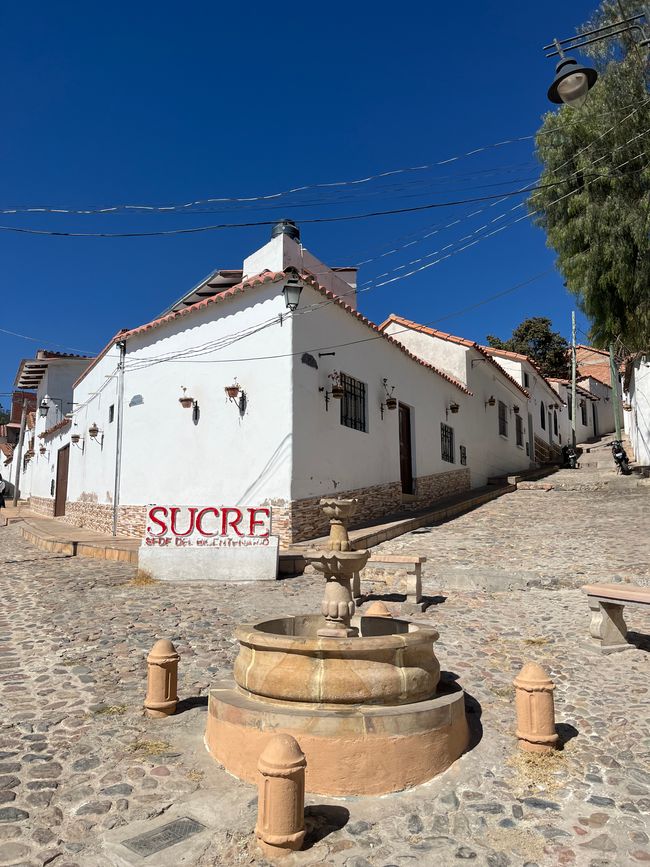
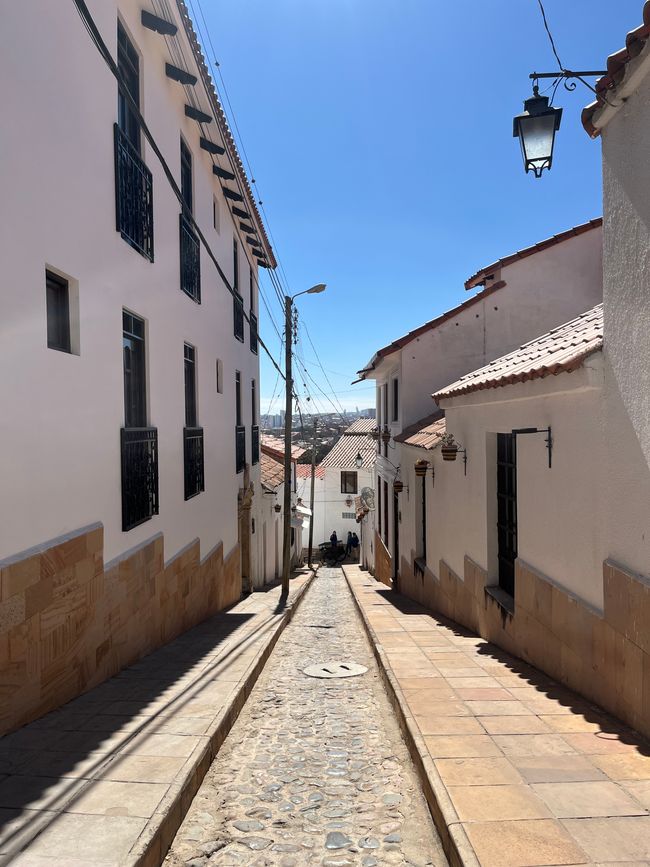
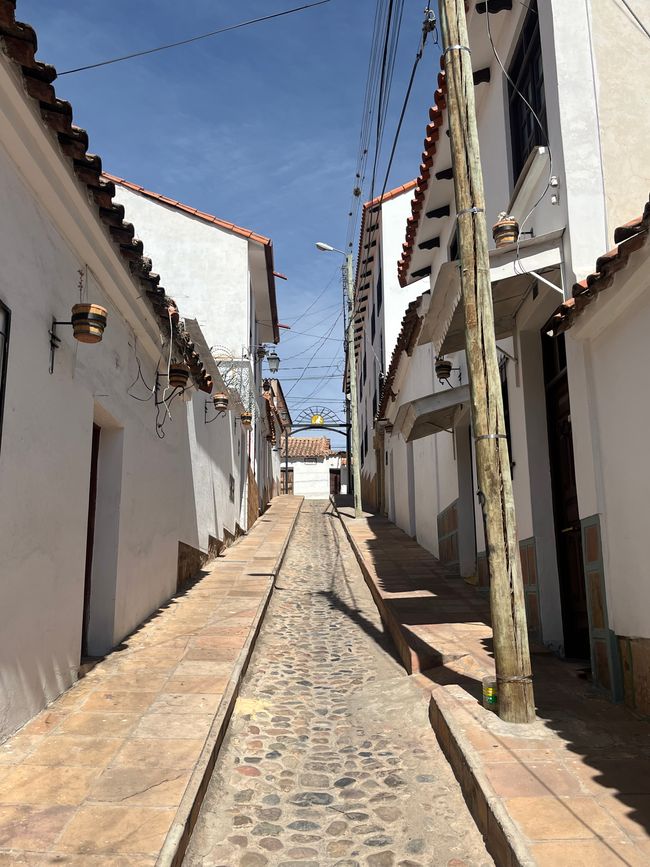
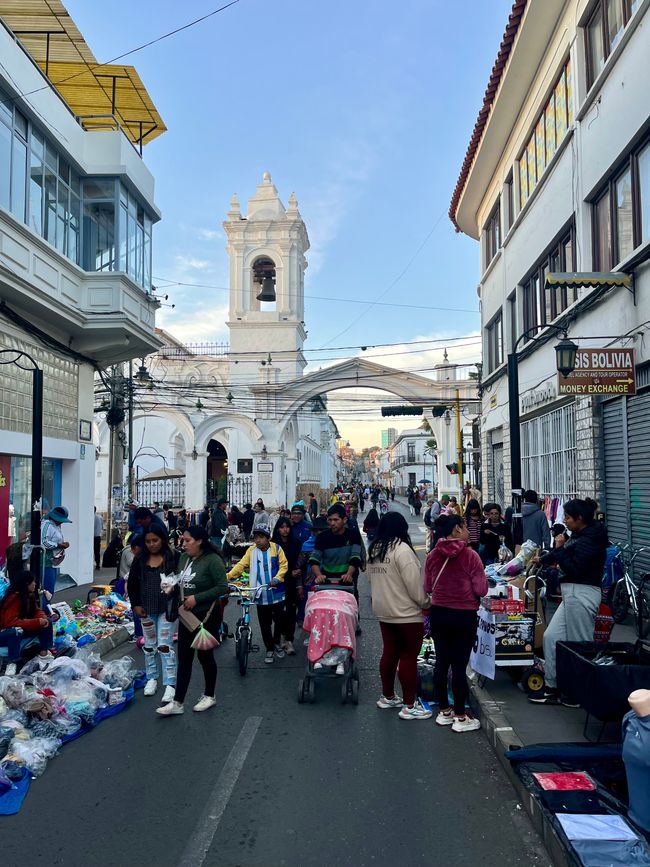
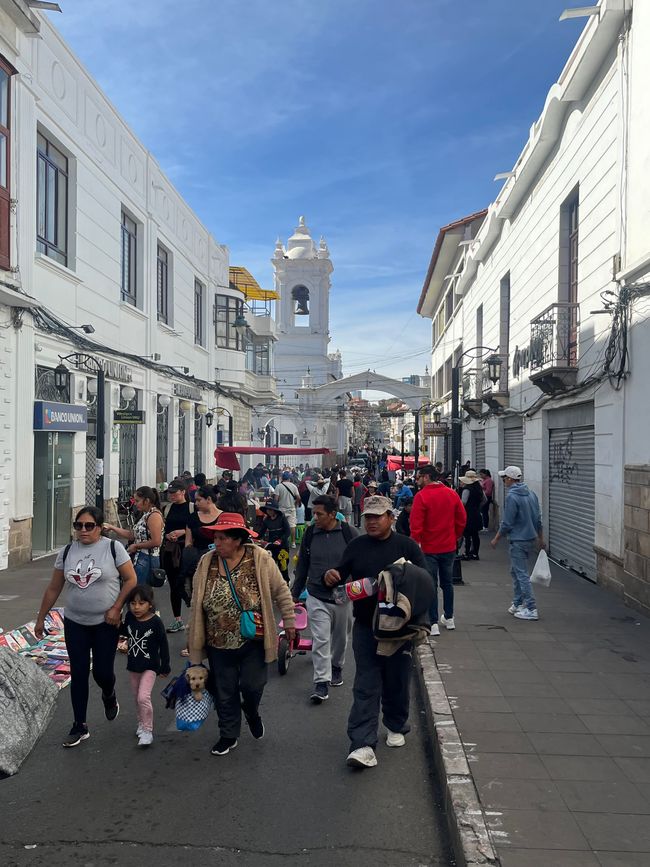
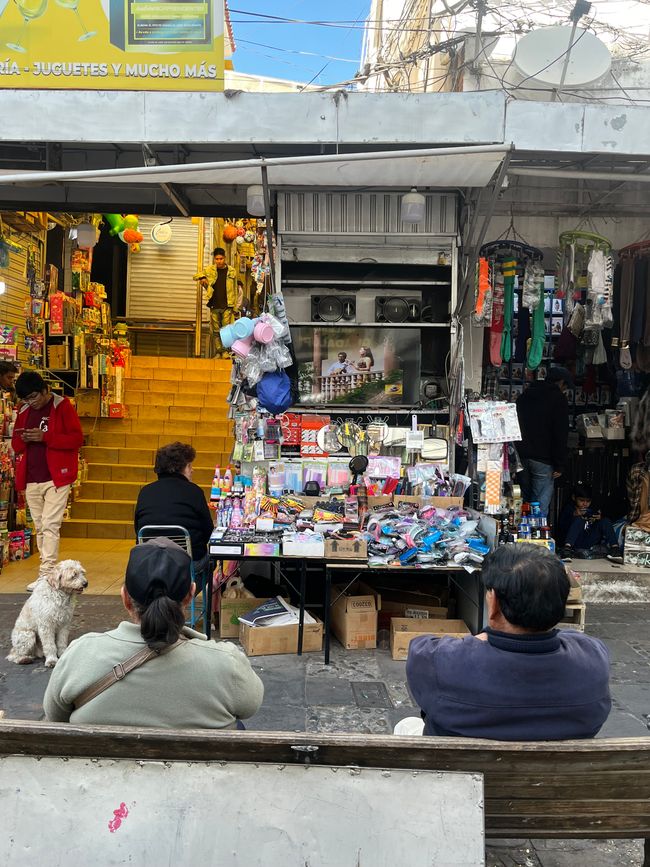
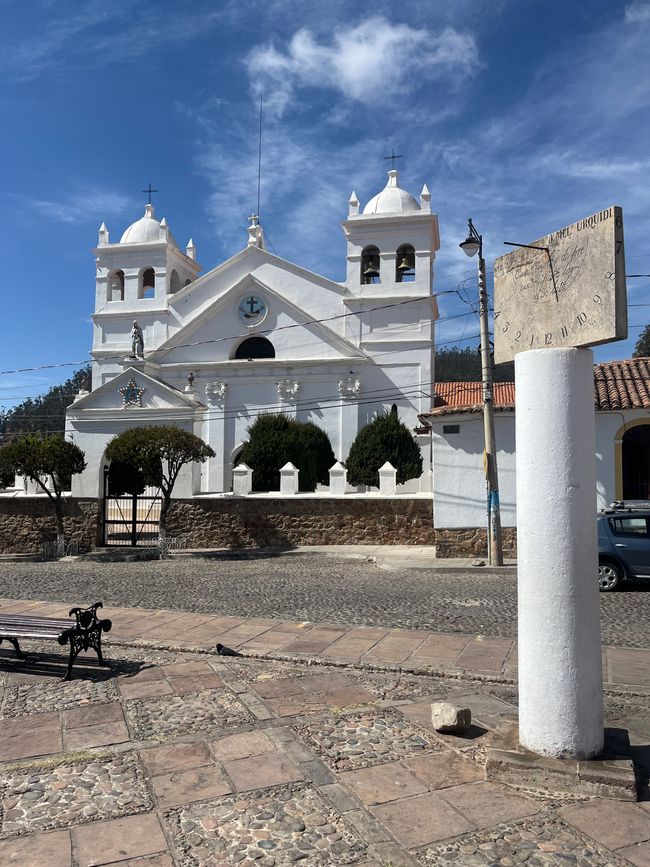
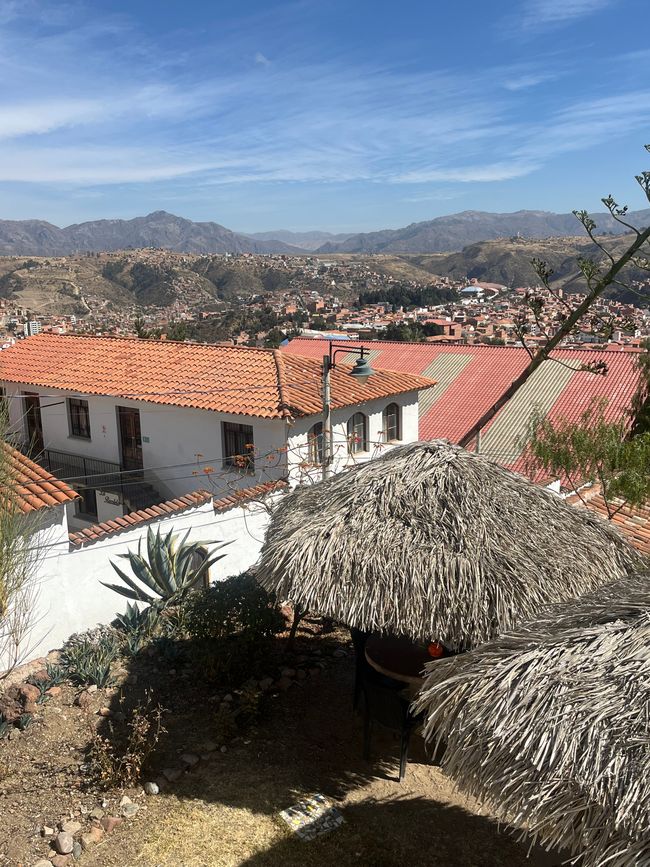
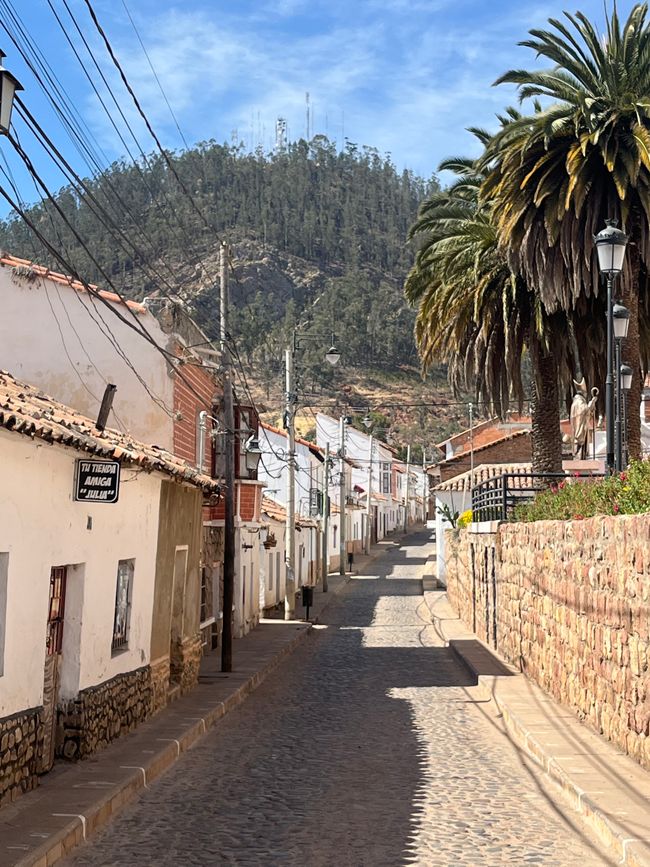
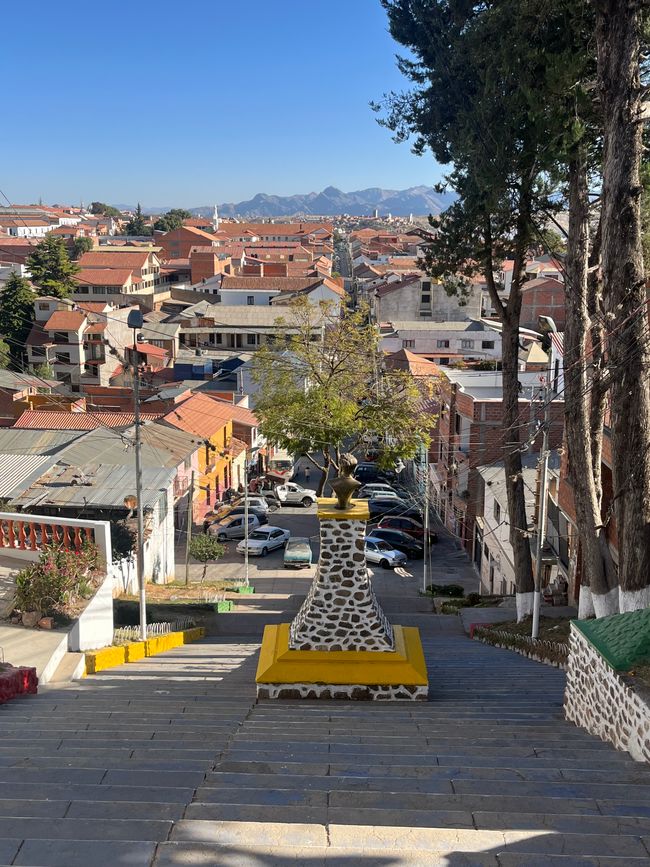
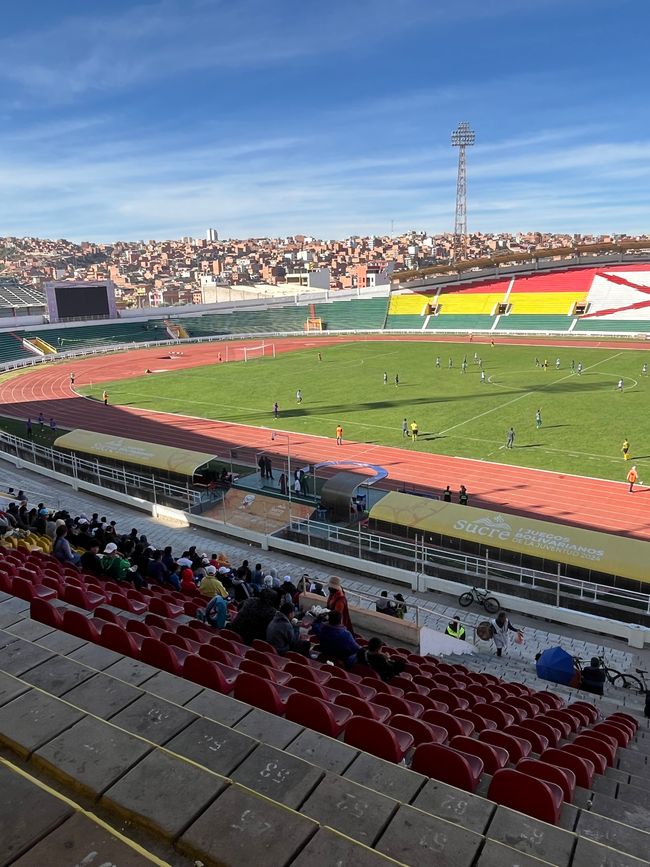
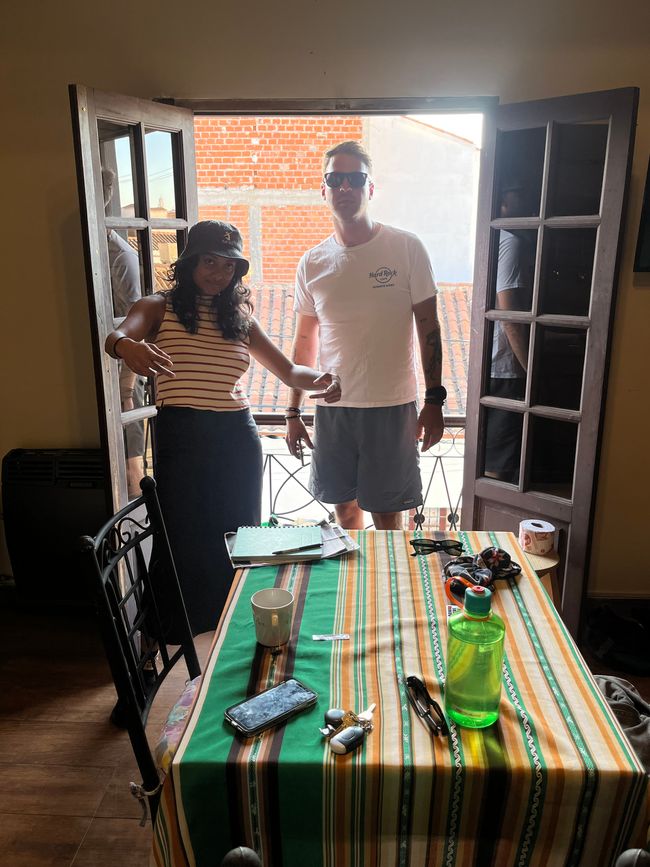
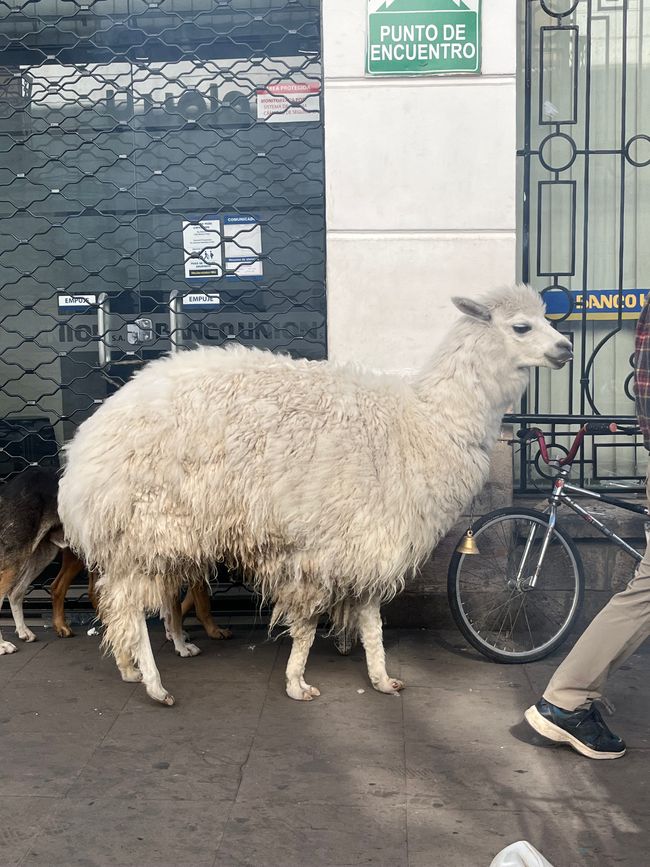
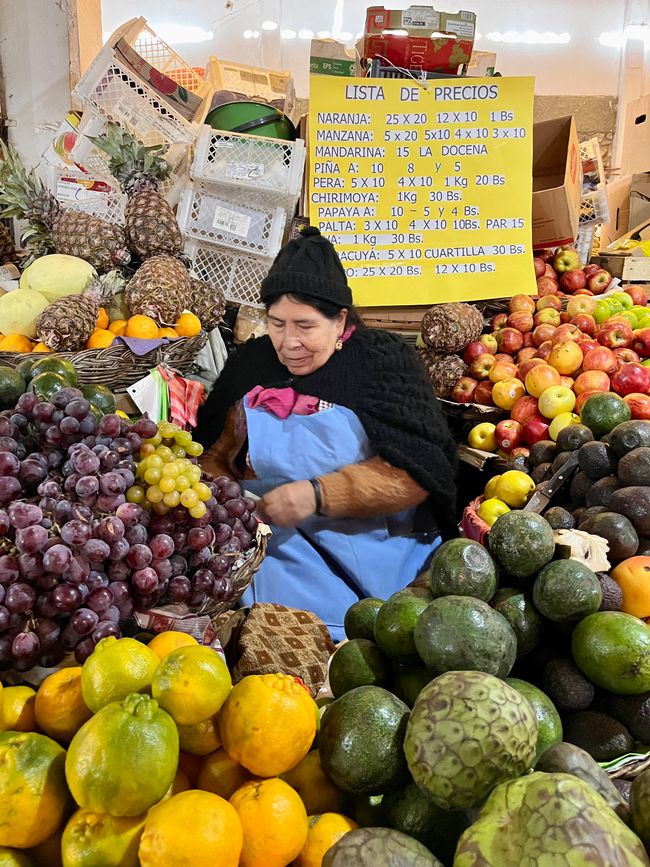
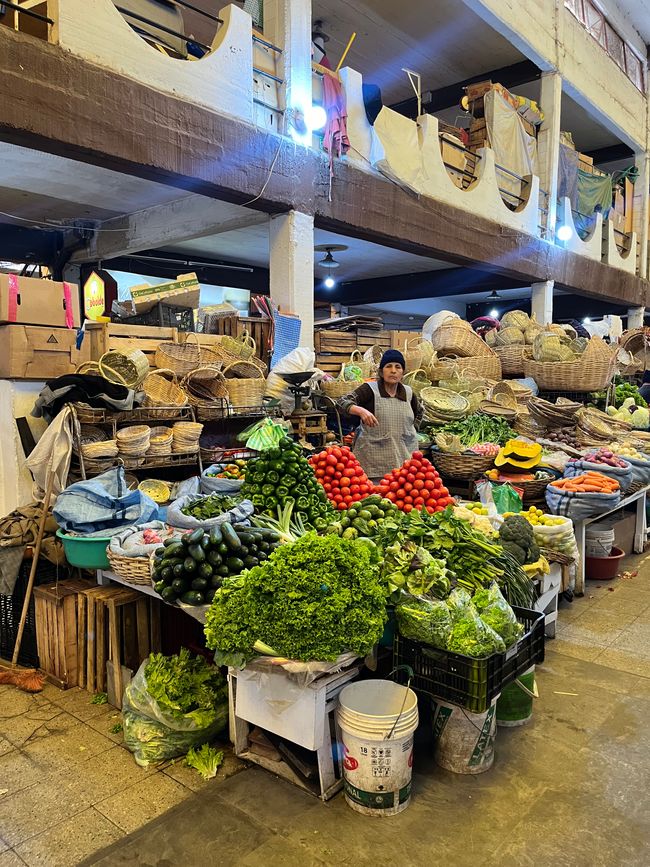

After the hardships of the previous days (insomnia, altitude, cold, etc.), the original plan to visit the mines in Potosi was cancelled, and the American-German-Australian travel group headed towards the capital of Bolivia to recharge and simply take a break from exciting activities. All those we met during the journey spoke of a very relaxed, tidy, and calm city, which was an enticing alternative after the last few days of excitement. We traveled the nearly 360 km by night bus on poor roads and reached Sucre and our comfortable apartment in the city center in the early morning hours, which we had treated ourselves to for a few days as a little bonus. On the first day, we briefly inspected the city center and found it relaxing before I directly walked into a bar at the main square to watch the national team's match against Spain – well, that went poorly. Fortunately, this was the only unpleasantness of the day, as we enjoyed the rest of the day in the bright sunshine and quite summery temperatures with some beers, looking forward to a few relaxing days. As Bolivia's constitutional capital, Sucre offers a fascinating blend of history, culture, and colonial architecture, making it an extremely charming place. Despite all this, the city feels very laid-back and more like a tranquil oasis, and the reports we received beforehand from travelers perfectly matched our impressions on site. The descent to a pleasant 2,800 m is also a very nice side effect, and one feels immediately more vital and full of new energy.

During the 5 days we spent here, we gained a lasting impression of this beautiful colonial oasis, and on a free walking tour, there was a wealth of interesting information about the city and the country of Bolivia. In 1809, the first movement, led by students, started here against the Spanish colonial rulers and was initially suppressed in a very bloody manner. The independence war lasted a total of 16 years, the longest in South America, and at its end, the name of the city “Ciudad de la Plata” - the city of silver, which the Spaniards had given it, was changed to Sucre. The name goes back to Antonio Jose de Sucre, one of the leading military and political figures in the South American independence wars. Sucre was a close confidant of Simon Bolivar and significantly contributed to the independence of several South American countries, including Bolivia. After the end of the revolution in 1825 and the successful independence from Spain, Sucre was the first capital of Bolivia and remains so to this day. Due to its tumultuous history, Sucre is also referred to as the cradle of independence.
Moreover, part of the colors of the Bolivian national flag originates from the revolution. Red – Yellow – Green: Red stands for the blood shed during the revolution (and as previously mentioned, it was extremely bloody), yellow stands for the minerals and natural resources of the country, and green represents the tropical rainforest. About 50% of the country is covered by tropical rainforest.

Back to Sucre's cityscape: While wandering around the city center, the gaze drifts over numerous well-preserved buildings in colonial style, truly beautiful buildings, most of these beauties are in bright white, which is why Sucre is often referred to as the white city. Among the highlights are certainly the Universidad San Francisco, founded in 1624 and one of the oldest universities in South America, and the city's landmark, the Cathedral of Sucre, also from the 16th century. This was viewed not only from the bottom but also from the inside and the top. The view from there is breathtaking – one can overlook the entire city, and surrounded by the nearby hills, one can truly feel the history and presence of the city.
During our stay, we were fortunate that on a Sunday the entire city center – which is huge – was closed to traffic. This only happens twice a year, and the center transforms into a large open-air market with all kinds of entertainment, shows, culinary offerings, and a wonderful South American chaos. The perfect conditions to take in the beauty of Sucre without traffic noise and metal caravans.
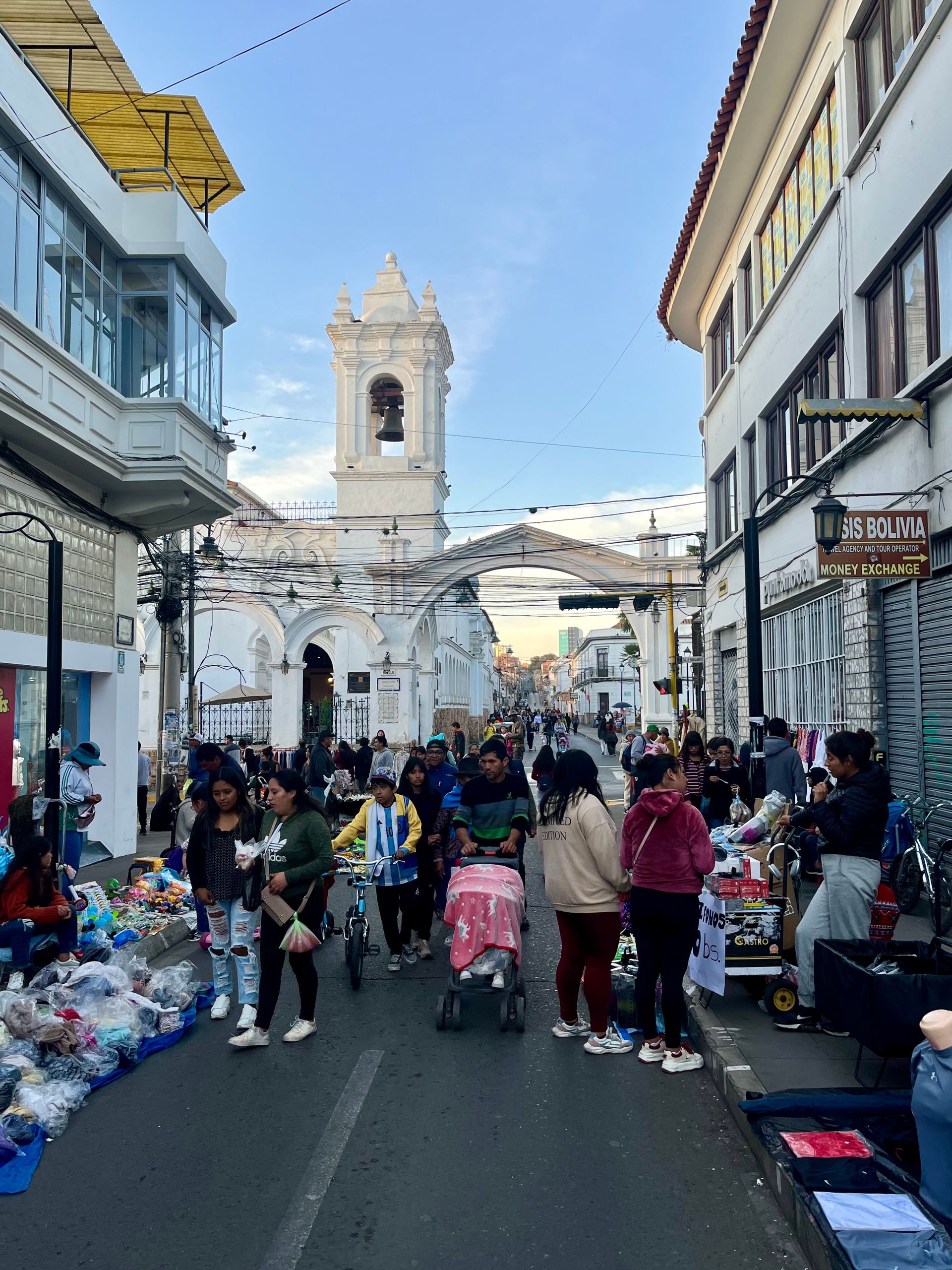
If you walk a bit away from the city center, you can reach the La Recoleta monastery after a pleasant hike up the hill on the outskirts of the city, including a wonderful panoramic view. It was founded in the 17th century by Franciscan monks and is surrounded by a beautiful garden that exudes a pleasant calm with its shady trees.
From up here, you can also see the 2 Cerros (hills), which symbolize the two patron saints of Sucre and are also depicted in the city coat of arms: The Cerro de Recoleta which in the coat of arms is represented with a sword and a book as San Francisco de Asis, and the Cerro de la Candelaria, depicted as a virgin with a candle (Senora de la Candelaria). Both hills symbolize protection and care over the city and are important symbols for the identity of Sucre.
In the vicinity of Recoleta is also the founding core and oldest part of the city. While exploring, the archways over the alleys caught my attention, decorated with cats. The alleys also bear the names of cats in different colors. No one of the locals could truly explain the origin to me. After further research, it seems that the cats represent various social classes and characteristics that played a role in the past. The tradition dates back to colonial times when life was heavily shaped by social hierarchies. The black cats symbolize the simple life and the lower social class, the white cats represent the educated middle class, and the yellow cats represent the upper social milieu or the wealthy classes. The streets named after the cats reflect the social structure of the city during the colonial period and show how art and culture in Sucre are deeply intertwined with the history of the city.
To conclude our stay, we wanted to get a taste of some subculture in Bolivia, and we decided to visit a nightclub. In the Buho Club (the Spanish word for owl) people danced to Cumbia and Reggaeton. At least the locals did. Gringos don't seem to wander into this place too often. We stood out like sore thumbs, and the local audience was extremely interested in us. Surrounded by a crowd that kept talking to us, I felt more like a celebrity than a regular clubgoer. It was a truly funny and after some time a bit exhausting experience. However, the people were universally very nice, relaxed, and simply curious about the foreign visitors. I lost count of how many times I had to give my phone number or Instagram account that night – in return, I was handed all sorts of drinks and eventually stumbled to bed quite tipsy. Funny and interesting. And although a club visit in Bolivia is certainly not comparable to one in Germany, what unites the people is the urge to let loose on weekends.
In Sucre, however, I was also confronted for the first time with the extreme poverty in the country, seeing many children and elderly people selling candies and begging in the city. It’s truly heart-wrenching at times and I don’t know what’s more disturbing: 10-year-old kids selling gum in the middle of the night instead of resting in bed for school the next day or 75-year-old women begging for food, who probably worked hard all their lives and surely have many interesting stories to tell. Phew – tough stuff. When you consider that only about 15% of the working population have official work contracts, you can roughly imagine what the situation is like in old age. It’s definitely noticeable how many older people have to somehow manage to survive here every day. Exhausting and sad at the same time, but when you choose such countries as your travel destination, it unfortunately comes with the territory. And there’s simply no way to help every one of these people even if you would like to.
So enough about Sucre – and despite the mentioned sad circumstances: the praise was absolutely deserved, the time here was extremely relaxing, and I claim that the city is one of the most beautiful I have visited in South America. If you’re nearby – it’s an absolute must-visit!
Хариулт

Болив аяллын тайлан
